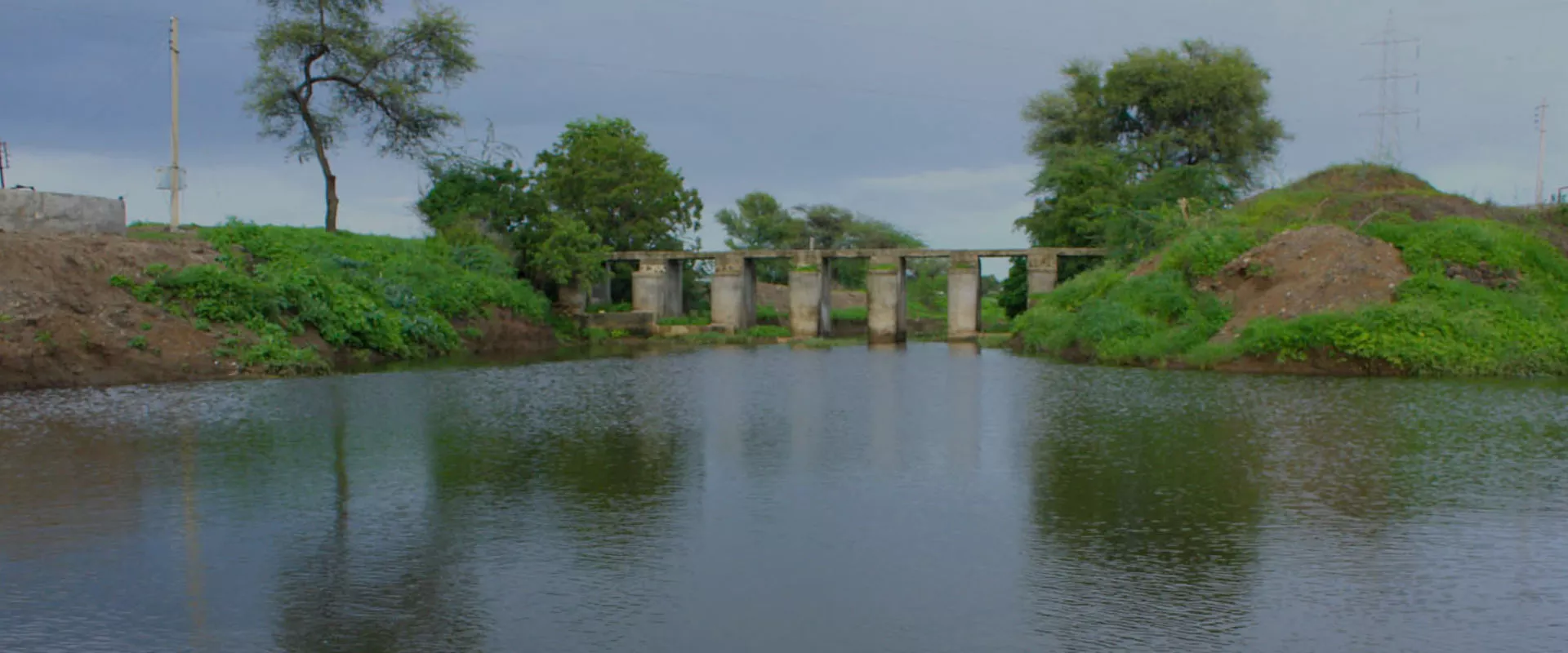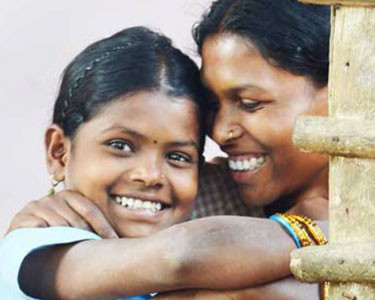512 tons of garbage
cleared from Yamuna river
68,800 volunteer hours
dedicated to Pampa river clean-up
70 rivers
being rejuvenated
Overview
India is facing its worst water crisis in four decades. At least 54 percent of the sub-continent has turned into a water-stressed dust bowl with many rivers rapidly drying up. Experts opine that by 2025, the country will be facing an acute water crisis if no preventive measures are taken today.
To mitigate the water crisis, Gurudev Sri Sri Ravi Shankar has inspired The Art of Living community to revive lost rivers and other water bodies such as ponds, wells, canals and temple tanks in various parts of India.
The River Rejuvenation Project, which started in 2013 with the aim to provide a long-term and lasting solution, is reviving 70 dying rivers in four states (Maharashtra, Karnataka, Tamil Nadu and Kerala). With meticulous planning and consistent efforts, results have come in: several rivers and other smaller bodies in these states have started flowing once again.
info@projects.artofliving.org+91 80 67433684
81.2 million trees planted by our volunteers in 36 countries and 26 Indian states. Without trees it would be difficult to bring back the dusturbed hydrological cycle.
Challenge
Believe it or not, the average amount of rainfall has remained the same over the past 50 years. Despite that many rain-fed rivers have become dry. The main cause was traced to the mismanagement and unchecked overuse of this precious resource.
Loss of green cover has resulted in water not percolating into the ground to recharge the water table below. This disruption of natural groundwater recharge mechanisms has disabled rivers from replenishing themselves. People dug bore wells indiscriminately aggravating the situation.
Over the years, planting of water intensive crops has further worsened the situation resulting in insurmountable debts and farmer suicides. Veering away from our traditional cropping pattern and water harvesting techniques have cost us very heavily.
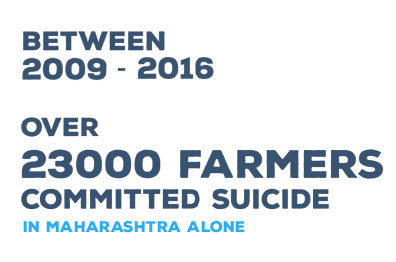
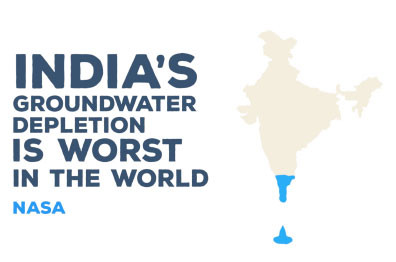
Strategy
The Art of Living devised a three-pronged approach for its river projects:
Comprehensive: Provide local solutions in a scientific manner that mimic natural systems for restoring water.
Sustainable: Solve the immediate needs of giving people access to safe water and also create systems that ensure reliable supplies in the future.
Community-driven: Empower local communities through capacity building frameworks.
Two main reasons for the success of our river projects are
- adoption of a structured, strategic planning process
- all the steps adopted to reach our goals has fulfilled the 3 pronged criteria
These are the steps adopted:
Desilting river beds and water bodies: It deepens the river bed, making it possible to collect more water. The silt can be used by farmers as it is rich in nutrients.
Tree plantation: The loss of tree cover has been, to a very large extent, one of the sole causes of the drying up of little streams that emerge from the hills and feed rivers.
Boulder checks: Made of local stones only, this is a local yet scientific solution to slow down the speed of water, in turn reducing soil erosion.
Recharge wells and bore wells: Sustainable, community driven solutions to recharge underground water. They are well like structures that are dug in the path of the river and lined with locally made cement rings. They allow water to percolate to the water table underground.
Water pools: Made at the conjunction of two streams, these pools have a specific layout - a smaller pond to trap silt and a larger pool for storing the overflow.
Change in the cropping pattern: The aim is to wean farmers away from water intensive crops and chemical farming to natural farming and crops that symbiotically nourish each other.
In our effort to revive rivers, we naturally align ourselves to the United Nations Sustainability Development Goals 6, Water and Sanitation, and 13, Climate Action.

Boulder Checks - slows the speed of water
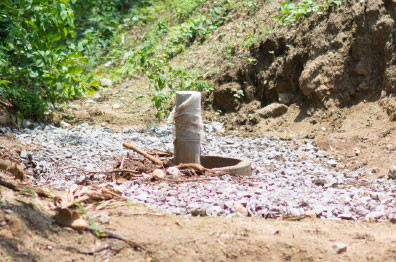
Recharge Well - takes water underground
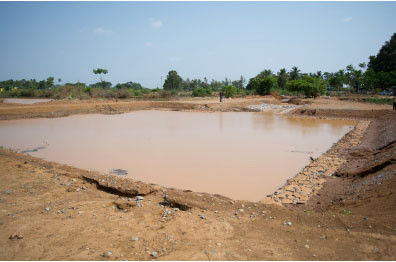
Water Pool - an oasis for cattle

Our village has been facing a water problem for the last 15 years. Now we have water in wells and the groundwater is abundant, not only in our village but in the vicinity as well.
- Balaraman, Farmer, Salamanthanam village, Vellore district, Tamil Nadu
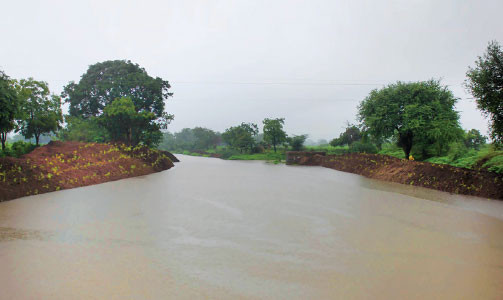
The Art of Living has come a long way since we began in 2013. Presently we’re working on 29 rivers and tributaries in Maharashtra, 7 in Karnataka, 10 in Tamil Nadu and 1 in Kerala.
The Impact
From improving groundwater levels to employment generation, our river projects have created a long-lasting and powerful impact. Following are our areas of impact:
A rise in groundwater levels: The primary impact of the river restoration projects has seen improvements in groundwater levels in the 7,500 sq. Km implementation area, over 65 percent of which is classified semi-critical, critical or overexploited by the Groundwater Surveys and Development Agency (GSDA).
Increasing farmers’ incomes: The consistency in water supply has augmented farmers’ incomes through improved agricultural yields and increased the number of crops per year, directly reducing farmer suicides.
Curbing water tanker mafia: This has helped to curb the water tanker mafia that has proliferated in the target regions during the past decade.
Community engagement and employment generation: A significant proportion of these river restoration projects, executed under the Mahatma Gandhi National Rural Employment Guarantee Scheme, generated 6.5 lakh days of direct rural employment.
- 900 jal sevaks (water warriors), trained through capacity building workshops, created focused grassroots leadership in the villages.
- 30,000 people were further sensitized through multi-level engagement, consisting of training, meetings and mass media use.
- This approach of community engagement facilitated social equity, for instance in the Naganadhi River Rejuvenation project in Tamil Nadu, nearly 90 percent of the ongoing project workers are women.
Multiple partnerships with the governments: The success of the projects undertaken in partnership with the governments has resulted in major changes to the water policy and current government structures.
70 rivers
and its tributaries being rejuvenated
64,585+ recharge structures
built
34.5 million + people
benefitted
19,400+ villages
transformed
200 km long CCT
repair of check dams, construction of gabion structures
2,5,00,02,372.136 litres
water storage capacity increased
512 tons of garbage
clothes, plastic removed during the Clean Yamuna Campaign
68,800 volunteer hours
spent on the Pampa river project
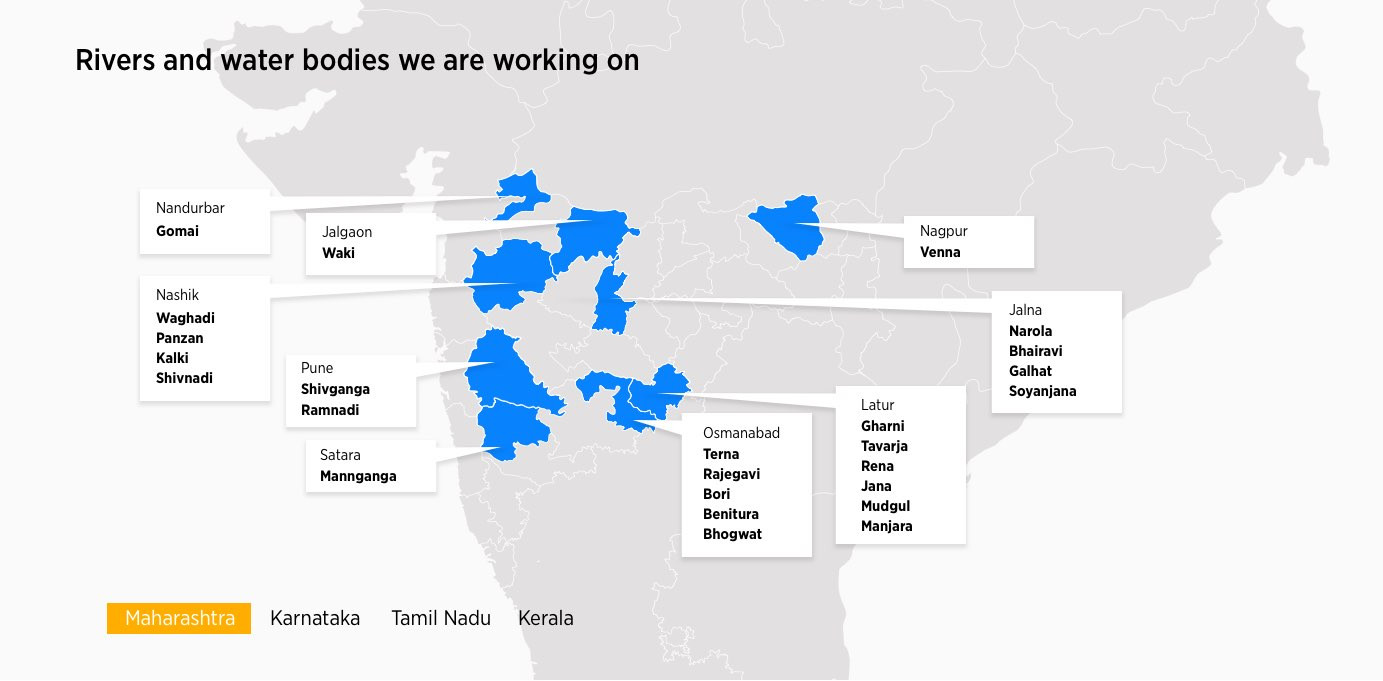
Featured

Bringing Kumudvathi River Back to Life
Overview “A river is a complex ecosystem,” says Dr. Lingaraju...

Meri Dilli Meri Yamuna: A massive river cleaning drive
“A staggering 3.6 billion tons of untreated sewage flows daily...

New armor for river rejuvenation
Overview Until a few years ago, the Vedavathi River, which...

Women of Naganadhi unite for river’s life
Sometimes pain can be turned into a powerful symbol of strength...

Jal Jagruti Abhiyan Breathes Life into 22 Rivers of Maharashtra
Overview “Since my childhood, I’ve never seen so much of water...

Water Rejuvenation in Palar River
Overview Location: Chikkaballapur, Karnataka Duration: Feb 2015...

A long-distance love affair with water
How this US-based NRI makes a difference to his native village...
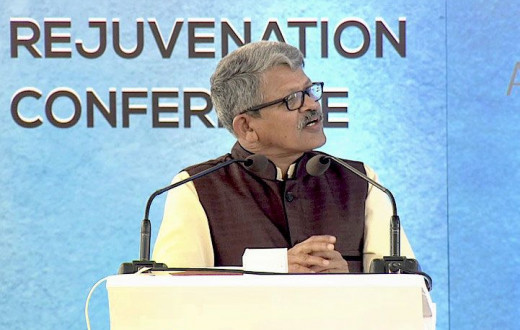
A watchmaker becomes a river rescuer
The story behind the revival of the Vedavathi river As a former...

An eye doctor’s determination to save lives outside her practice
One late Sunday evening, Dr. Ranjana Borse seemed to be rushed...

One man’s determination bringing dying rivers back to life
Dr. Yale is hopeful even though the long-term results will come...
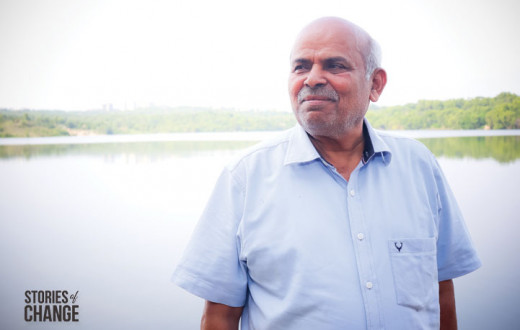
What it takes to revive a drying river
I first caught an idea to rejuvenate water bodies when I was...
